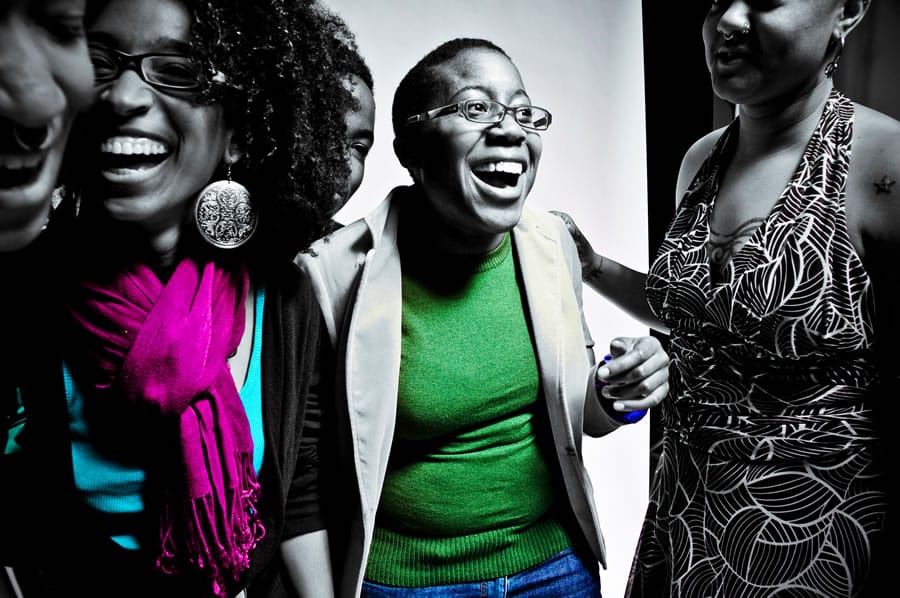
Black Queer Studies Essay
It goes without saying that the ideals of democracy require endless work on improving relationships between individuals, social groups and nations at all the levels of interaction. When one particular social group, being driven back to the peripherals of society, is trying to stand for their rights and equal access to welfare, sooner or later it will become the concern of everyone. Thus, the problem of black queer identities is not so sharp now as it used to be before the civil rights movement, but still the entire experience of the group is needed to be studied in order to understand where the issue derives from and where it is going to find itself in the nearest future.
In particular, like any other oppressed group, the black queers try to make their voice heard through different kinds of art. Cinema turns out to be one of the most effective, while it is accessible to wide range of audiences, and doesn’t require specific qualification to understand the message. In 1989 Isaac Julien directed the black-and-white film Looking for Langston. This is a dramatic story of famous African American poet, playwright, novelist and columnist James Mercer Langston Hughes and his lover Beauty. Their unconventional sexual relationships are depicted as a part of the whole revolutionary situation of the 1920s. It was the atmosphere of racial thaw known as the Harlem Renaissance. The Black Americans began to be heard and noticed; their identity was blossoming in cultural and artistic spheres. And Langston Hughes, being one of the brightest representatives of the epoch, added a new tone to the fight for appreciation. These were the efforts taken to celebrate black gay identity; the right to choose a partner as a part of the all-embracing concept of freedom. The spirit and the mood of the time is depicted gently in archival newsreel pieces as well as impressionistic scripted scenes, which step by step show how an extremely sensitive but strong soul is going through severe winds of homophobia and racism.
The same problem is reflected in Tongues Untied, directed by Marlon Riggs the same year (1989). The difference is that Riggs’ work is less romantic and more prosaic, though its construction is not less interesting and catching. There is a lot of documentary footage on how African American gay culture struggled for existence in conditions of brutal silence and nation’s entire closure to their interests. The film is essentially guided by the individual experience of its director, additionally dramatized by several deaths of his friends because of AIDS. Probably, the key goal of the film was to shock and awake the audience, to make the issue look more distinct and tolerating no compromises. Besides, it is underlined how unfair is the society where one central community is dominating (patriarchal, heterosexual and white), whereas the ideals of the nation were far from such approach. It is shown how hard it is for a black gay to express to his identity because of prejudices ruling not only the white community but black community as well. In this way the peculiarity of the African American queer men is depicted from several points of view, comprehensively and dramatically, hardly leaving anyone indifferent and stimulation further research on the matter.
Further on, Marlon Riggs inspired another director, Nancy D. Kates to shoot a film Brother Outsider (2008). This is story of another outstanding African American queer, Bayard Rustin, who made a great contribution to the appraisal of his soul-mates. Bayard Rustin was a tireless strategist and activist of the Civil Rights movement who was a mentor for Martin Luther King, Jr. (it was Rustin who turned King into the international symbol of peace and nonviolence) and introduced the Gandhi ideals of nonviolent struggle to the American society. Rustin is also known for organizing the 1963 March on Washington. But the most significant trace is that he never hid his sexual preferences and openly defeated racial equality and freedom of love, for what he was severely persecuted, beaten and imprisoned. Based on archives, papers and interviews, the film presents a multifaceted story of lost prophet acting in the era of fierce homophobia tearing into pieces the American nation.
The controversy was even deeper because the lover of Rustin was white, and thus he faced misunderstanding not only in the eyes of public, but also among his fellow activists. In spite of all the counteraction this outsider and troublemaker had to tolerate, he is depicted as a rather cheerful, mischievous and open-hearted person who protested till the end and eventually helped the Civil Rights movement to triumph.
In this way, three films Looking for Langston, Tongues Untied and Brother Outsider make up political, spiritual and sexual tapestry of queer interracial relationships within the American society from the beginning to the second part of the twentieth century, pointing out the forgotten and downplayed heroes whose unbeaten courage and persistence created a marvelous momentum for the Civil Rights movement.

